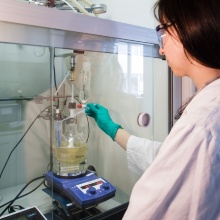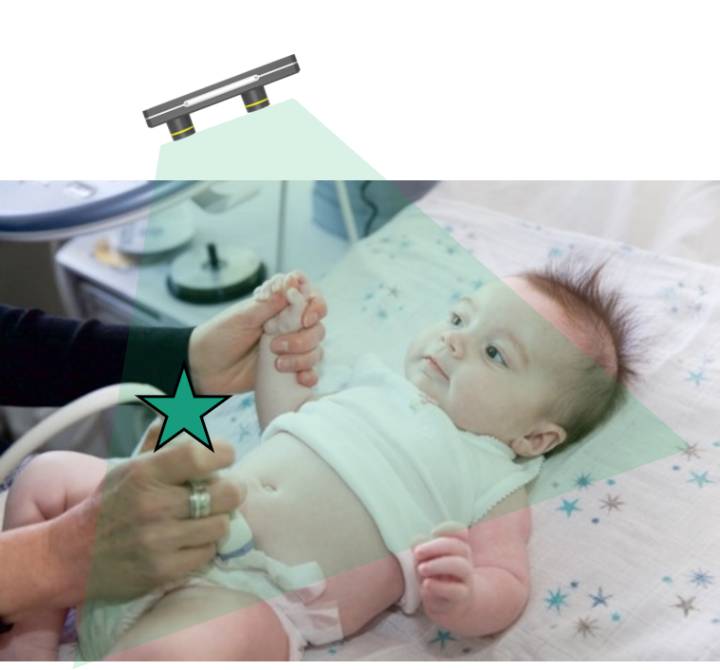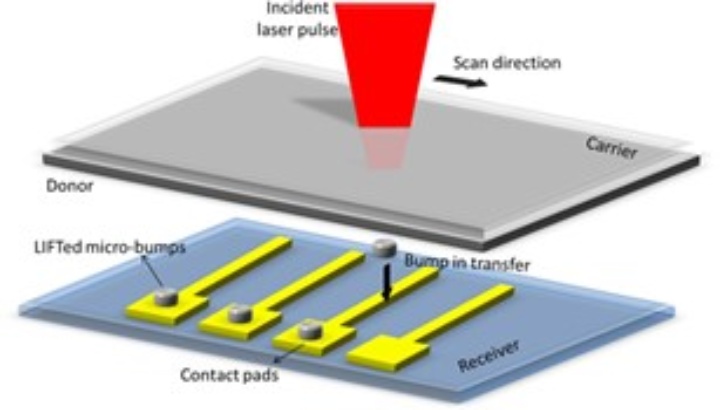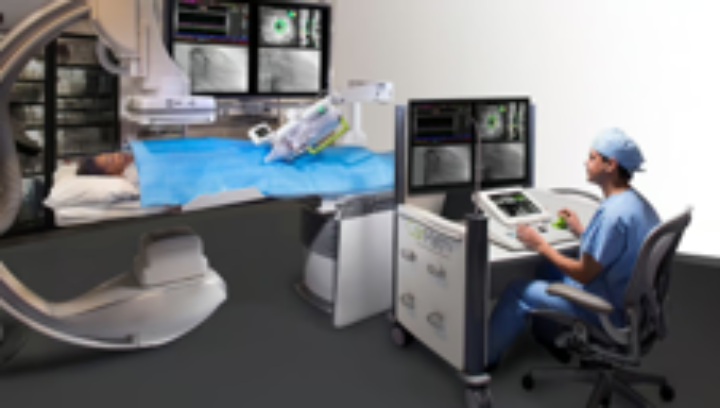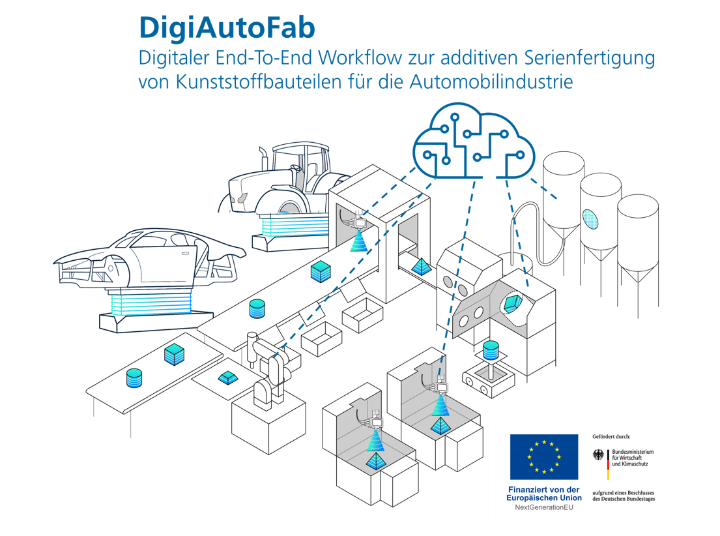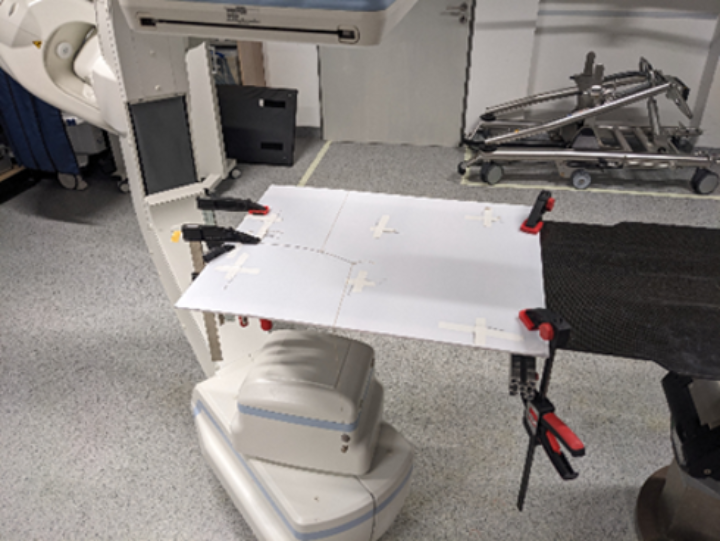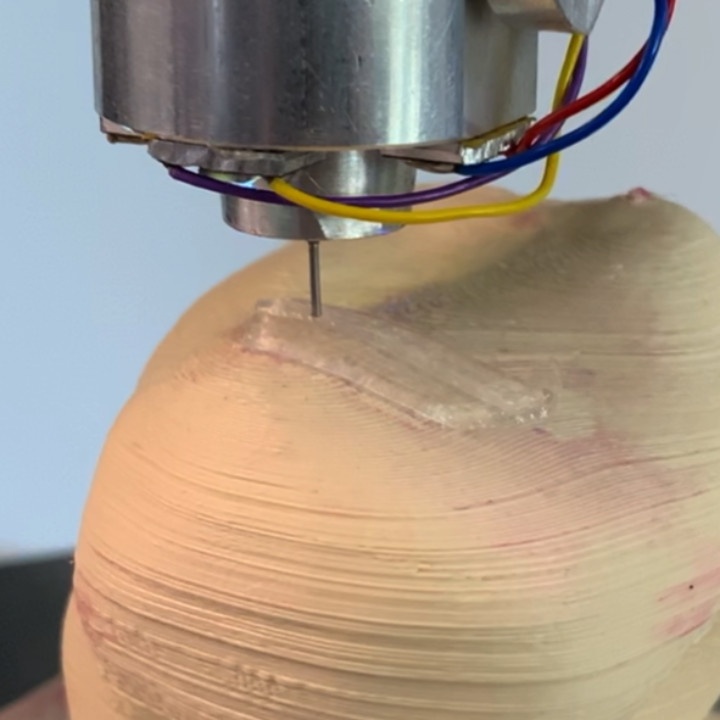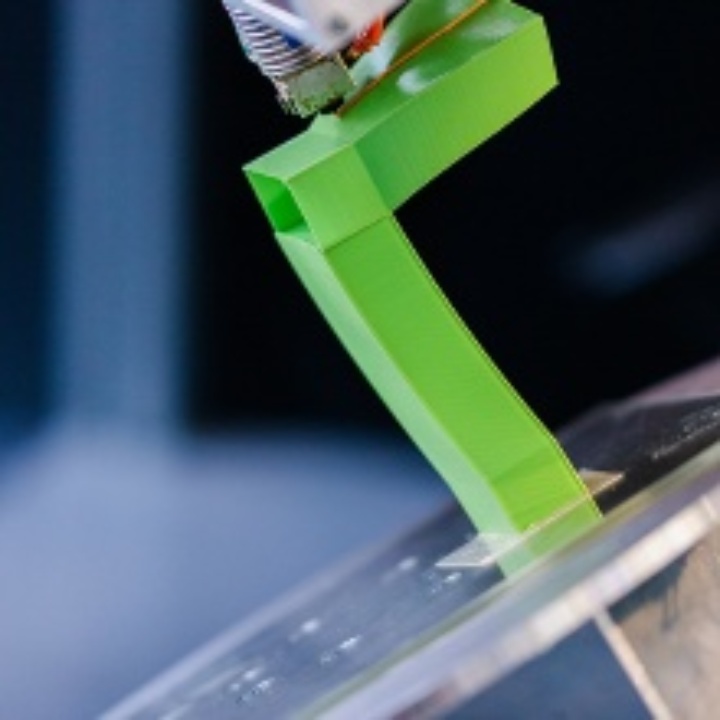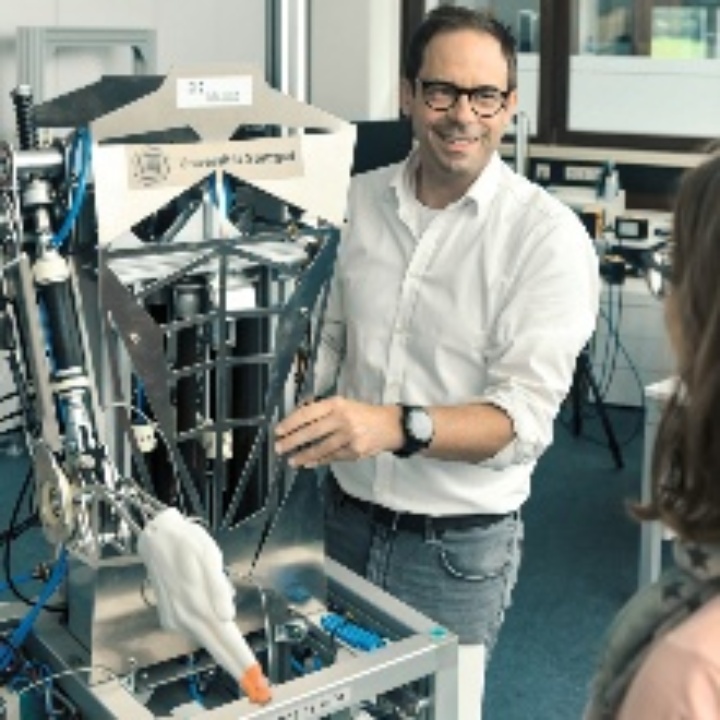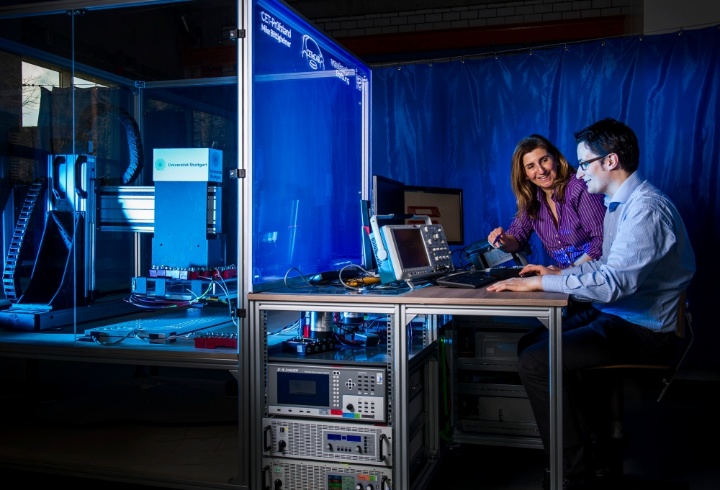Mapped Sonography for Pediatric Anatomical Imaging
In infants and small children, ultrasound examinations are used instead of CT and MRI scans due to the high radiation exposure and/or the need for sedation. However, while CT scanners with X-rays and MRI scanners with a strong magnetic field enable high-resolution imaging, ultrasound images are difficult to locate in relation to the body.
For safe surgical planning, it must be clear in advance where in the abdominal cavity and in relation to the other organs, for example, a cyst is located.
The team of this project sees the solution in the development of a device for the (semi-)automated segmentation of abdominal cysts in ultrasound images. In this process, the body and probe are detected simultaneously with an ultrasound sensor and a three-dimensional map of the patient's body is then created. Mapped ultrasound is a cost-effective and radiation-free imaging modality that is being developed in collaboration with the renowned pediatric clinic at the University Medical Center Mannheim.
Project team: Julia Cheng (Fraunhofer IPA) / Prof. Bin Yang (ISS, University of Stuttgart)
Project volume: 30.000 €
Project duration: 01.05.2024 - 30.09.2024
Laser-Induced Drop-On-Demand Additive Manufacturing System
Additive manufacturing processes are one of THE enablers for the paradigm of personalized production, but their spread is currently limited because other manufacturing methods for plastics are more efficient or multi-material capable. Compared to other manufacturing processes, additive manufacturing is therefore not economical enough and we need a radically new AM process that overcomes the current limitations!
The project team sees the solution in the use of the "Laser-Induced Side Transfer (LIST)" method, a derivative of the well-researched basic technology "Laser-Induced Forward Transfer (LIFT)" method. However, the processing of highly viscous media has not yet been considered and no multi-material AM systems have been used.
Project team: Patrick Springer (Fraunhofer IPA) / Dr. Tobias Menold (IFSW, University of Stuttgart)
Project volume: 30.000 €
Project duration: 01.06.2024 - 30.09.2024
Short title: PadModEs
Long title: Patient-specific modeling for endovascular stroke treatment
In acute stroke treatment, catheters must be navigated reliably and quickly from the groin to the brain. Due to the highly individual vascular geoemtry of patients, very different instruments and maneuvers are required for this. If the contact forces are too high, vessels can be injured and instruments can get stuck.
Solution: Evaluation of the deformation on the X-ray image during and the vessel geometry before the procedure. Determination of the forces between the instrument and vessels from the deformation (IPA) and production of hydrogel models with real vessel geometry and physiology (BMT).
Project team:
Christoph Eyberg (Fraunhofer IPA) / Ashkan Shiravand (BMT Uni Stuttgart)
Project volume: 30.000 €
Short title: DigiAutoFab
Long title: Digital end-to-end workflow for the additive series production of plastic components for the automotive industry
The DigiAutoFab project aims to digitalize the entire process chain for additively manufactured plastic components using the powder bed fusion process with lasers (PBF-LB/P), from design and production preparation to production and downstream processes.
Network coordination: Martin Bayer, Leotech Rapid Prototyping und Werkzeugbau GmbH
Project volume: € 4.121 million (BMWK funding share: 66%)
Project duration: 01.09.2023 - 30.06.2026
Short title: EndoPIN
Long title: Endovascular contact force determination for patient-specific navigation
In endovascular navigation, such as that required for stroke or heart attack therapy, catheters must be navigated reliably and quickly from the groin to the brain or heart. Due to the highly individual vascular geoemtry of patients, very different instruments and maneuvers are required for this. If the contact forces are too high, vessels can be injured and instruments can get stuck.
Solution: Mechanical modeling to evaluate the contact forces occurring during endovascular navigation based on X-ray images, avoid excessive contact forces that can lead to injuries, evaluate whether the current catheter is suitable to achieve the goal, provide the best possible support for navigation and ensure automated interventions in the future: Based on the Cosserat beam, a mechanical model was implemented to capture large and non-linear deformations of the catheters. A transparent vessel model was produced from hydrogel in which the contact force determination can be tested. And a test bench setup and a solver were developed to determine the forces acting on the catheter from the deformation of the catheter under the X-ray beam.
Project team: Christoph Eyberg (Fraunhofer IPA) / Giorgio Cattaneo and Ashkan Shiravand (BMT University of Stuttgart)
Project volume: 30.000 €
Project duration: 01.07.2023 - 30.11.2023
Short title: Personalized cartilage implants
Longtitle: Personalized cartilage implants for the knee joint
Cartilage damage to the knee joint restricts us in sport and everyday life. A therapy in which artificial cartilage tissue is inserted often helps. The problem is that sometimes the artificial tissue does not grow together very well. Researchers at the University of Stuttgart have succeeded in producing artificial cartilage tissue that can be individually adapted to the patient's geometry and seeded with living cells.
The advantage of personalized cartilage tissue is that the tissue can be better adapted to the individual situation in the body. This increases the chance of rapid adhesion and patients can put weight on their knee again sooner and are pain-free more quickly.
Further information on this project can be found here.
Project team: Günter Tovar (IGVP Uni Stuttgart) / Daniel Kurth (ISW Uni Stuttgart)
Project volume: 1.000.000 €
Project duration: 16.10.2017 – 15.04.2020
Publications:
Short title: Ecologically optimized production planning
Long title: Ecologically optimized production planning for hybrid production with lasers for personalized products
Hybrid manufacturing with lasers, also known as additive manufacturing, is an up-and-coming technology whose current challenges are concentrated in three main areas: Poor product quality, inadequate process properties and a low level of automation. In addition to the technical challenges, this project focuses on ecological considerations. A significant reduction in the excessive use of resources such as land, water or rare earths, as well as the drastic reduction of environmentally relevant emissions, is more than ever an imperative task in the research and development of new products. Ecologically optimized production planning makes it possible to address and specifically reduce the environmental impacts associated with production, application and various recycling processes. In this project, we address the question of how wine production planning for hybrid laser-based manufacturing processes can be realized while taking ecological aspects into account.
Project volume: 1,000,000 €
Project duration: 16.10.2017 - 15.04.2020
Project team:
Institute for Acoustics and Building Physics (IABP)
Institut für Strahlwerkzeuge (IFSW)
Institute for Control Rngineering of Machine Tools and Manufacturing Units (ISW)
Publications:
Model for the Client-Oriented Selection of Additive Manufacturing Infrastructure based on Information gathered from Production Networks
A Process-Planning Framework for Sustainable Manufacturing
Personalized scoliosis braces / orthoses
How can personalized spinal orthoses be optimized for the individual body shape (size, segment lengths) and body characteristics as well as the individual characteristics of the skeletal deformity, taking into account the manufacturing possibilities, and how can they be manufactured with the help of multi-axis 3D printing?
Project volume: 1.000.000 €
Project duration: 16.10.2017 – 15.04.2020
Project team:
- Institute for Electrical Energy Conversion (IEW)
- Institute for Modelling and Simulation of Biomechanical Systems (IMSB)
Short title: Exoskeleton drives
Long title: Work cycle drive design for exoskeleton drives
Is it possible to derive personalized work cycles for exoskeletons in human models and thus optimize the drive?
Project volume: 1.000.000 €
Project duration: 16.10.2017 – 15.04.2020
Project team:
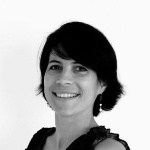
Janina Ulmer
Geschäftsführerin der Stuttgart Partnership Initiative – Mass Personalization (SPI-MP)


